Four years ago, I “discovered” the Harendong estate.

Image owned by Harendong
I put “discovered” in air-quotes because . . . it’d been there for eight years by the time I ran across it. Perhaps I should say, it was new to me. They had a booth at the 2013 World Tea Expo—under their Banten Tea brand—and the thing that excited me about them was where they were from.
The Harendong estate (or PT Harendong Green Farm, as they were also known) was located in the western province of Banten (hence their sub-brand name). Where is that? Oh, it’s only the westernmost province of the island of Java. In Indonesia!
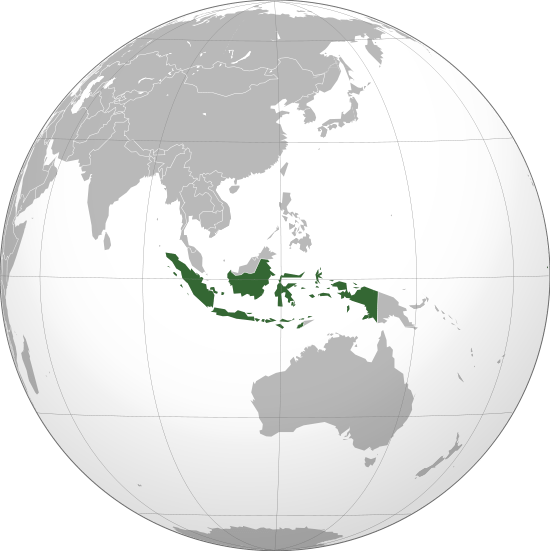
Okay, that doesn’t sound quite as novel a concept, now. But back then, I’d never encountered Indonesian tea. The fact that such a company had a booth at World Tea Expo started a personal pursuit of mine. That being . . . gallivanting through tea trade shows, searching out booths from unique tea growing regions. An odd habit that persists to this day.
They generously gifted me with some samples, and I had every intention of diving into their Indonesian wares as soon as I got home. I’m not sure what happened, but the samples I picked up fell by the wayside. Maybe it was the move to a new apartment, or several other tea distractions that summer. I don’t know. Point being, they sat in a box somewhere—forgotten.

Fast-forward to World Tea Expo, 2016. Yes, a whole three years later. I encountered their booth again. Or rather, they encountered me. One of the reps recognized me from my blog. (That happened a lot last year. Maybe it was the bright red gaiwan shirt.) Again, they imparted samples, but this time I didn’t forget about them! I . . . merely delayed trying them until autumn.
I dipped into the black tea in . . . October, I think?
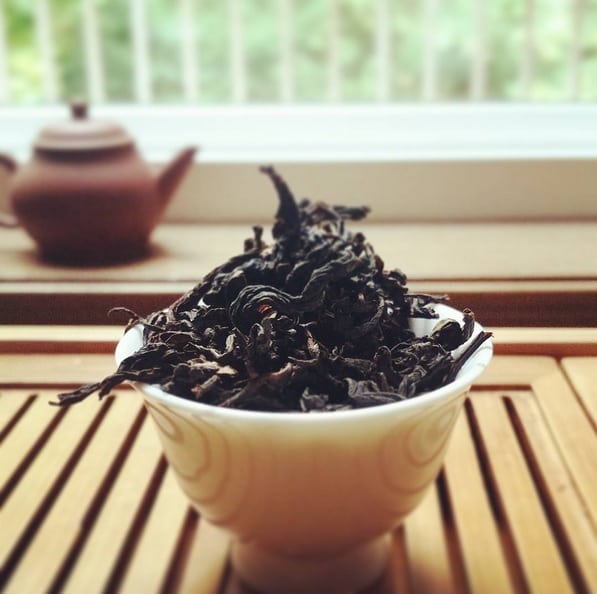
Liked it.
And I dipped into the oolong in . . . November? Maybe?
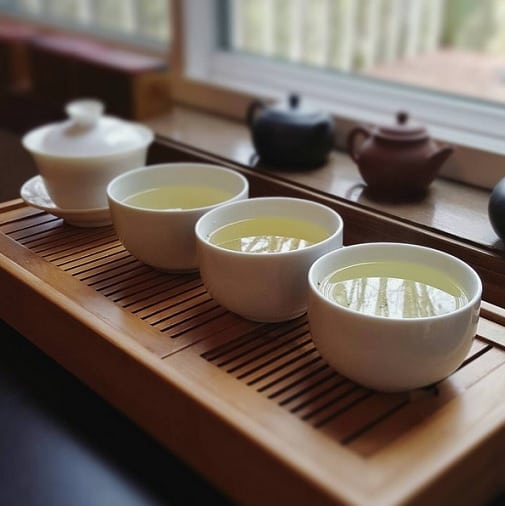
Also liked it.
But I didn’t take notes on either, at the time.
In December, I noticed that Tealet’s resident adorable gongfool hummingbird, Rie Tulali, had published an article for Tea Journey Magazine. It was this year’s harvest report for Indonesia, and Harendong featured pretty prominently in it. After that, I was convinced it was high-time to give the estate the detailed taster note coverage it deserved. Four years was way past due.
I had an open-leaf black tea, a lightly-oxidized, rolled oolong, and a rolled green tea to play with.
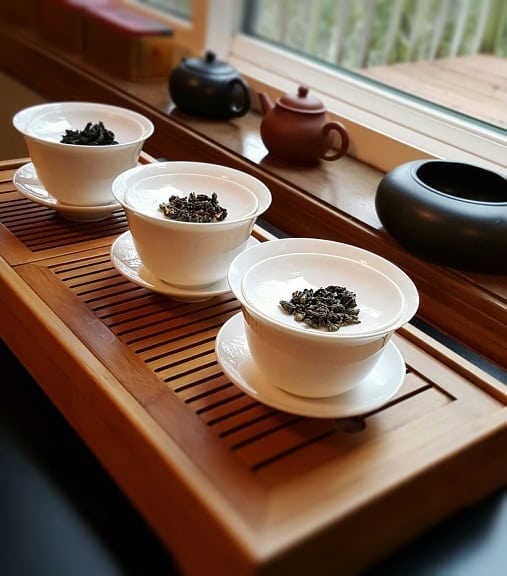
What was most exciting about these was not just what they were, but how they were made. Harendong is only one of two organic farms on all of Indonesia’s 1,000+ islands. That and the tea plant cultivars used were Taiwanese. Same with the processing and rolling techniques.
For brewing, I treated each tea with respect to their given types. I measured out a teaspoon to a heaping teaspoon of leaf per one 6oz. gaiwan. For consistency, I brewed the green tea lighter, and in a Western style way. I brewed the oolong gongfoolishly. And I approached the black tea as you would any Assam. For the green tea—175-180F for two-and-a-half minutes. For the oolong—three steeps at thirty-to-forty seconds, boiled water. Black tea—boiled water for three minutes.
Green Tea (Rolled)
Okay, I wasn’t expecting this. When I tore open the back, I was fully anticipating long, green leaves with a slightly grassy aroma. The only characteristic I was right about was the color—sort of. These looked like oolong leaves; ball-fisted, necktied, forest-green to beige. Nothing about these screamed, “Green!”
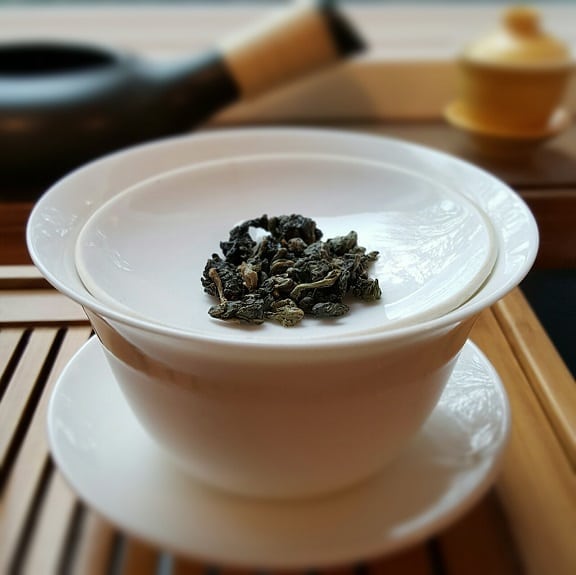
The aroma was equally perplexing, emitting butter from the front and forest from the back. Not grassy forest, more . . . wilderness. More in line with a Baozhong than a green tea. The underlying sweetness was also wonderfully welcoming but equally bewildering.
And the oolong comparisons didn’t end there.
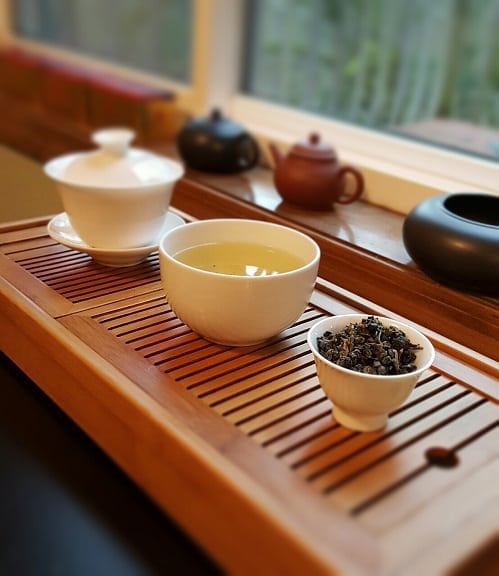
The liquor brewed to a pale-to-medium yellow-green with an aroma of sweet-butter flowers. No, that’s not a thing. (I looked.) But that’s what was on display. On taste, cream came first (in the G-rated sort of way), followed by some sort of berry leaf, and a finish that can only be described as poetically sweet. If there was supposed to be any green tea grass in there, I got none of it.
Light Oolong Tea (Rolled)
The oolong leaves looked quite a bit like the green tea leaves, save for the fact that they belonged in this realm of beiges and ball-rolls. Every bit of them was an oolong staple, very similar to a Li Shan and/or Ali Shan on sight and smell. The aroma they gave off was strongly sweet, creamy, and . . . kind of bread-like. Odd, but more in line with oolong expectations.
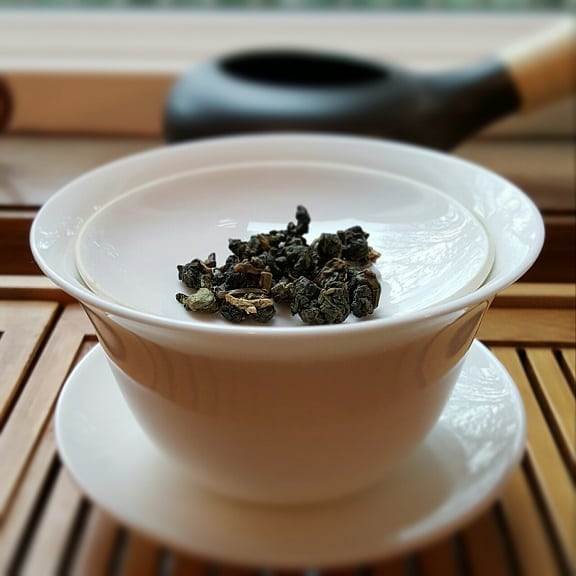
What was surprising about the three successive infusions . . . was how light the liquor colors were. I would say they even brewed lighter than the green tea. Although, granted the green tea was brewed for minutes longer. The aroma, though—again!—highlighted how looks were not the best indicator. The fragrance on each steep was milk oolong popcorn buttery with a sweet finish. Like an Ali Shan oolong made from a Jin Xuan cultivar . . . in the Himalayas.
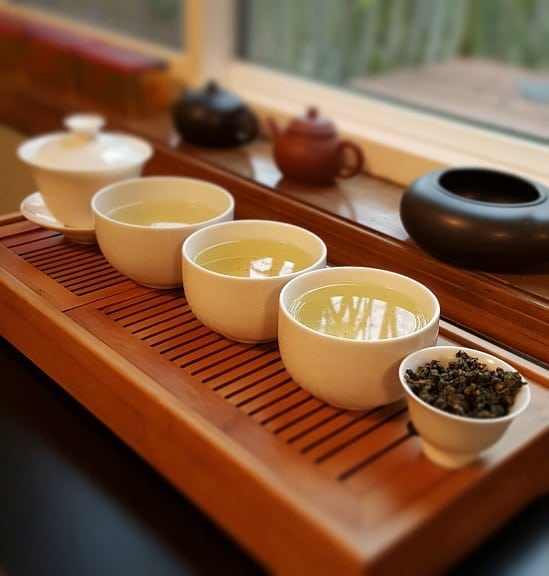
The flavor echoed that comparison, but the sweetness was further dialed up. This was all honey and high mountains on the tongue. Each infusion was stronger (and crisper) than the one that preceded it.
Black Tea (Long Form)
This looked every bit like a normal, long, whole leaf black tea, but—as the other two teas have demonstrated—looks are deceiving. Yet again, the differences started with the scent. I smelled breakfast cereal—like someone had created a children’s breakfast cereal consisting of tiny, sweet-chai doughnut holes. It was nutty, sweet, and vaguely spicy. Not to mention a slight creaminess on the trail-off.
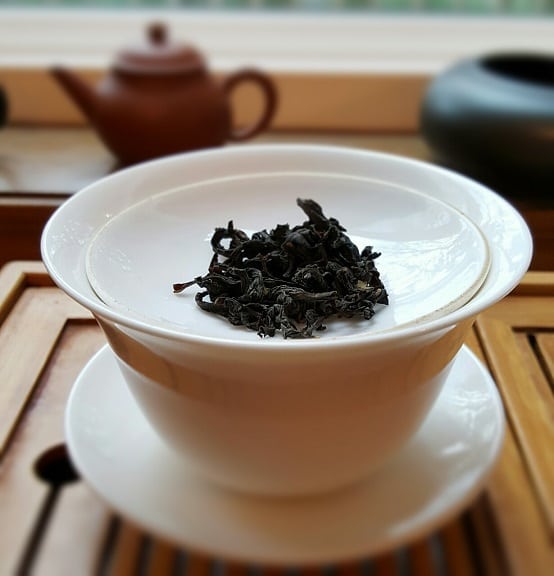
The few other times I’ve brewed this, I went way too long on the steep. Note to future black tea brewers, this one doesn’t hold up past three minute. It’ll taste like a very bitter Assam. (Although, sometimes I like that sort of thing.)
At three minutes, though, this was perfect! The liquor brewed to a beautiful, medium-bodied crimson-brown with a russet edge to it. The aroma was Keemun sweet, but with very little of the woody edge. And lastly, the overall delivery on taste; very little astringency showed up on the introduction. After that, it was all malt, a fair amount of cocoa, and a floral-sweet finish.
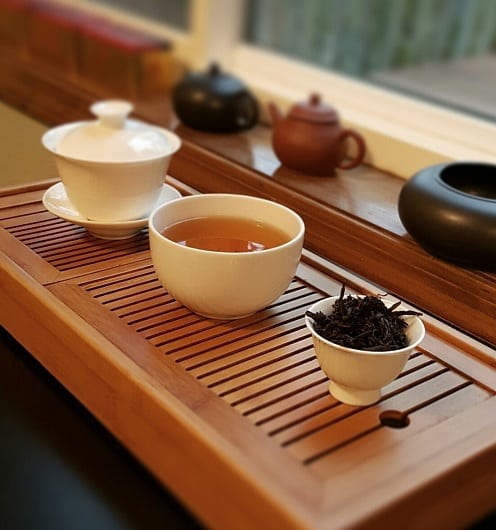
Favorite? The oolong. That buttery sweetness was just so, so, SO good, it rendered my vocabulary to that of a teenage girl (in an AP English class). The black tea had all the right aspects for a black tea, and the rolled green tea was the biggest surprise of the bunch.
While it is clear that the garden is still maturing (both in tea plants and techniques), they are living up to their aspirations. So much so, that—when I was digging through an old sample box—I found this:
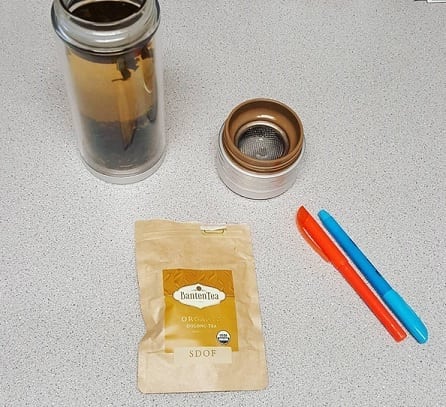
One of the original samples I picked up four years ago—unopened. When I was at work the following day, I gave it a brew-up . . . and it was wonderful. Even with a bit of age to its palatial delivery.
I have a feeling I’ll be keeping an eye on this garden for many years to come. And without another four-year delay.
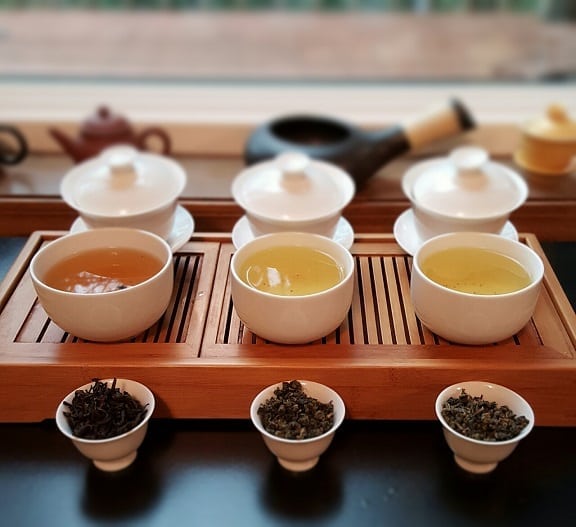

Marilyn
Loved the review! Thanks for opening my eyes to another tea location.
Melanie
Wow Geoffrey, thank you so much for the review for our teas. Your delightful words evokes emotion and describes our tea beautifully. I will convey your writing to my family and colleagues.
I look forward to see you in the new future. Thank you again!
Melanie
Xavier
So you are the Indiana Jones of tea looking for the Ark of the Covenant? And you found one possible location in Indonesia?
Interesting theory/idea.
And an interesting review as always.
Lord Devotea
Sweet butter-flowers SHOULD be a thing
Peter
Thanks, very interesting!
I had no idea they grew tea there anyway, so this sounds very much like we should keep an eye open for their products.
Notes on Tea
Am totally going to see when good friend next travels home and ask her to look out for this tea estate. Drooling about that oolong!